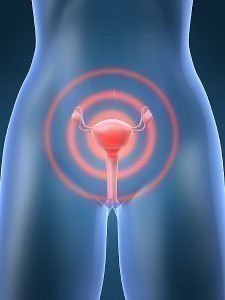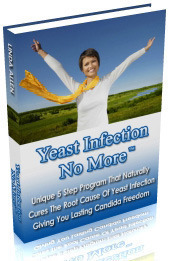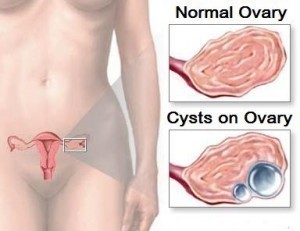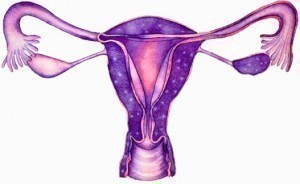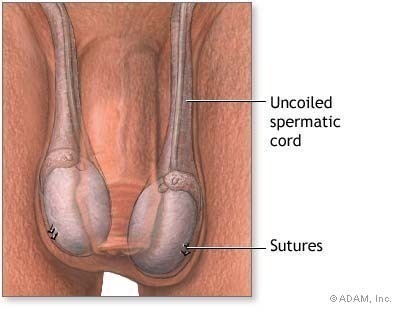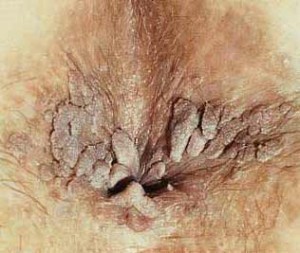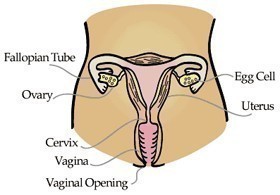Yeast Infection Symptoms
Yeast infection is a common condition that occurs among women. This is a type of fungal infection brought about by a fungus called Candida. Yeasts commonly thrive in dark and moist areas. They are present in minimal amounts and remain to be harmless in an acidic environment.
Yeast infections can result to vaginitis which is a condition where the vaginal area undergoes inflammation. The vaginitis yeast infection commonly occurs in about 70% of women. The yeast infection symptoms usually surface when there is more than the normal amount of yeast or bacteria thriving in the vagina.
The yeast infection symptoms are often triggered when there is a reduction of the quantity of protective bacteria present in the vaginal area especially when taking immunosuppressant drugs and with introduction of antibiotics into the body. The vagina’s acidic environment helps protect it from yeast infection symptoms. However, certain conditions can affect the acidic balance of the vagina such as using douche products, pregnancy, birth control pills, the intake of antibiotics and steroid administration and diabetes resulting for the yeast infection symptoms to surface.
Yeast Infection Symptoms and Signs
There are classic yeast infection symptoms to look out for. Minor symptoms include itching along the vaginal area or along its vulvar lining. A white cottage cheese discharge is also a common yeast infection symptom to manifest. There is also some swelling on the vulva of the vagina. In major cases, painful sex can also signify as a yeast infection symptom.
Soreness is another sign of other yeast infection symptoms that often accompany vulvitis and vaginitis. The itch is one with a burning character that can become a very bothersome yeast infection symptom. Common irritation to the vaginal normal acid environment can also cause redness into the vagina and its vulva. Both minor and major yeast infection symptoms can be very irritable and bothersome.
Yeast Infection Diagnosis
Making the proper diagnosis for yeast infection symptoms is often easy that even an ordinary woman can diagnose her condition based of the classic symptoms presented by the condition. But it often warrants a thorough physical examination of the vagina in order to determine the main yeast infection symptoms as basis for making an accurate and reliable diagnosis.
Since it is important to rule out the presence of other medical condition that may cause the experienced symptoms, a doctor may find it necessary to collect a sample specimen to be sent for culture and microscopic analysis.
Yeast Infection Treatment
Although the yeast infection symptoms present a bothersome condition, it is highly treatable with over the counter medicines. Women can immediately determine whether their symptoms are one of yeast infection and many non-prescription drugs are available these days as treatment to the yeast infection.
Anti-fungal medications are the most common treatment to relieve the symptoms of vaginal yeast infection. The medication can be applied topically in cream form or may be taken orally as a tablet or capsule. Some physicians may also prescribe administering vaginal tablets or suppositories as treatment.
The recurrence of the yeast infection symptoms is highly possible after treatment. Hence it is important to be aware of the preventive measures to avoid yeast infection to recur again.
